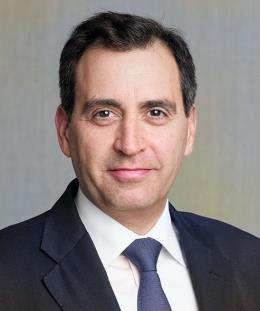Formal Insolvency summary table
17 November 2022

This table provides a high-level overview of the restructuring and insolvency processes available in Australia, comparing their purposes, effects, advantages and disadvantages.
The information provided is not intended to be a comprehensive review of all developments in the law and practice, or to cover all aspects of those referred to.
Readers should take legal advice before applying it to specific issues or transactions.










Sign-up to select your areas of interest
Sign-up